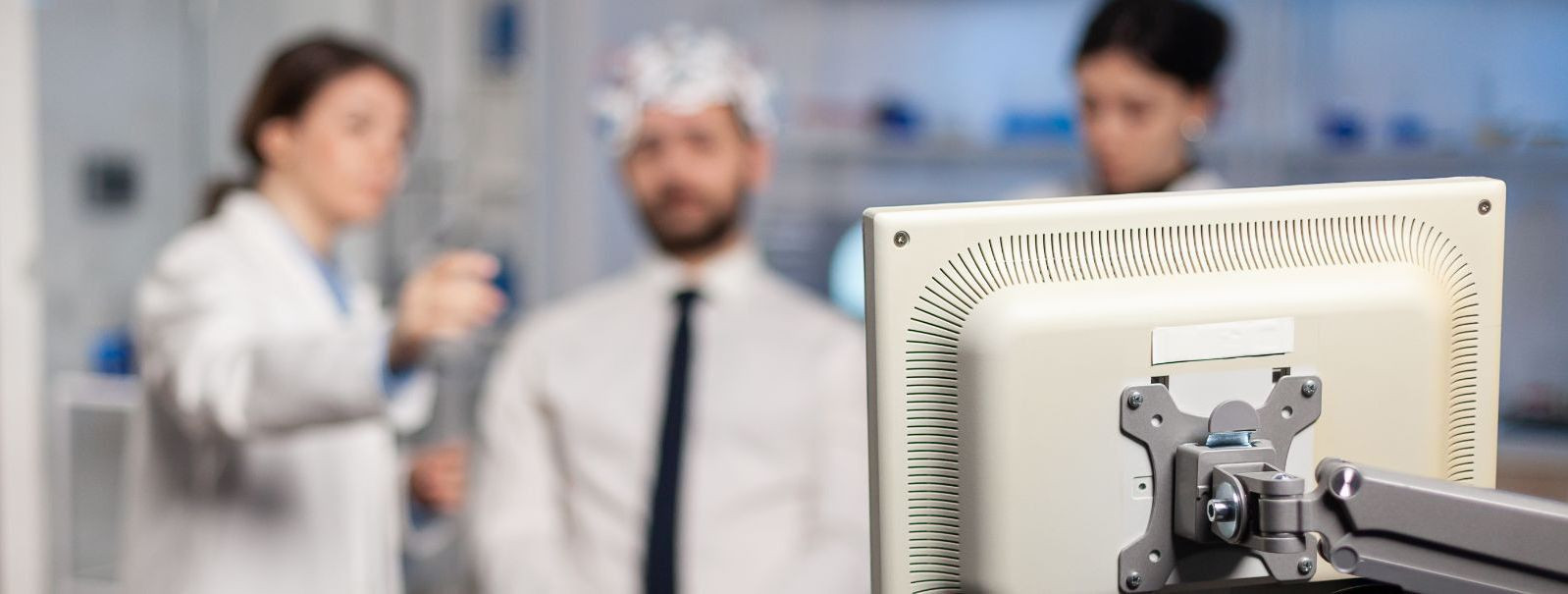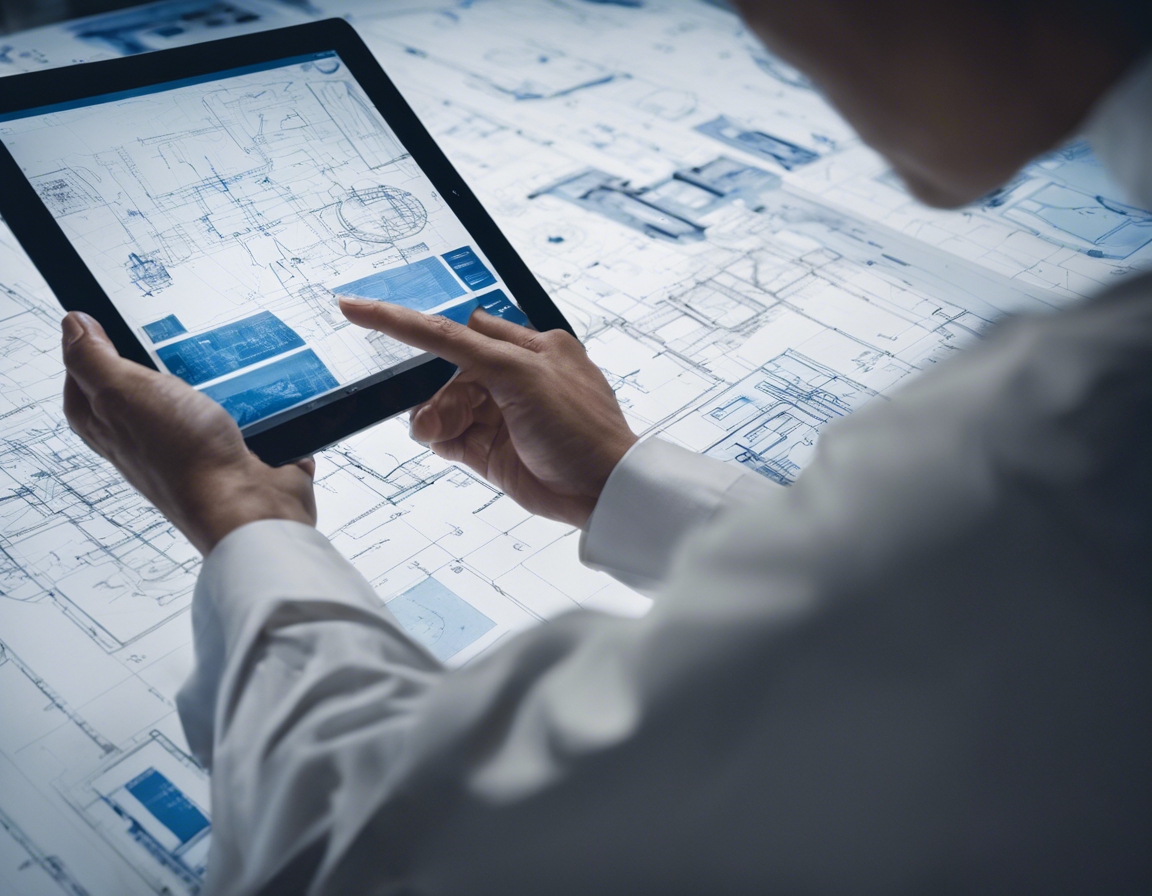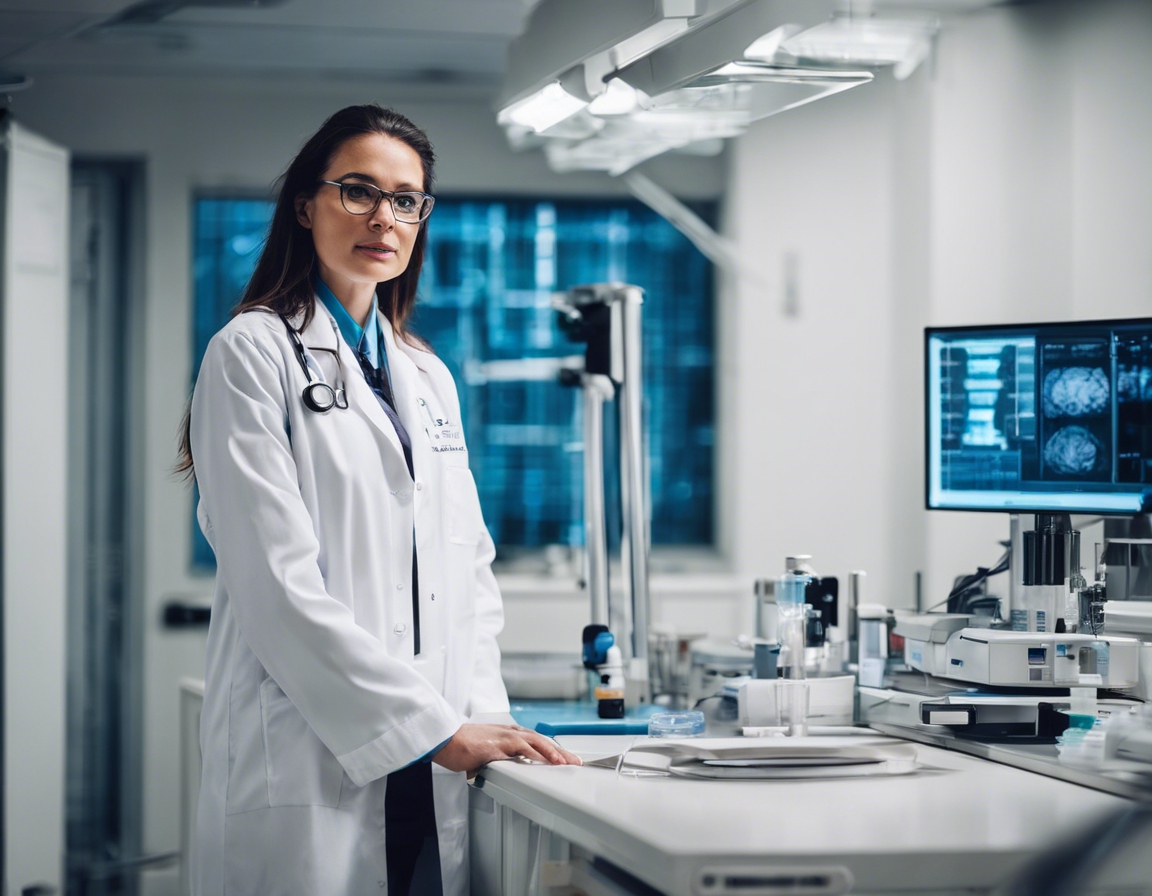5 innovations in medical technology design
The landscape of medical technology is constantly evolving, with new innovations that promise to revolutionize patient care and enhance the capabilities of healthcare professionals. In this blog post, we will explore five groundbreaking innovations in medical technology design that are setting new standards in healthcare.
1. Artificial Intelligence and Machine Learning
Artificial Intelligence (AI) has transformed diagnostic imaging, enabling faster and more accurate analysis of medical images. AI algorithms can detect patterns and anomalies that may be missed by the human eye, leading to early diagnosis and treatment of diseases.
Machine Learning (ML) algorithms are being used to tailor medical treatments to individual patients. By analyzing large datasets, ML can predict patient responses to various treatments, allowing for personalized therapy plans that improve outcomes.
2. Wearable Health Monitoring Devices
Wearable technology has become a staple in health monitoring, with devices like smartwatches and fitness trackers providing real-time data on a user's health metrics. These devices are becoming increasingly sophisticated, offering insights into heart rate, sleep patterns, and even stress levels.
For individuals with chronic conditions, advanced wearables offer continuous monitoring and data collection, which can be crucial for managing diseases such as diabetes or heart disease. These devices can alert users and healthcare providers to potential issues before they become emergencies.
3. Telemedicine and Remote Patient Monitoring
Telemedicine has made healthcare more accessible, allowing patients to consult with their doctors via video conferencing. This has been particularly valuable during the COVID-19 pandemic, reducing the need for in-person visits and minimizing the risk of virus transmission.
Remote patient monitoring technologies enable healthcare providers to monitor patients outside of traditional clinical settings. These systems can track vital signs, medication adherence, and other important health indicators, facilitating proactive care and intervention.
4. 3D Printing in Prosthetics and Implants
3D printing technology has revolutionized the design and manufacturing of prosthetics and implants. Custom-fitted devices can now be produced quickly and at a lower cost, improving patient comfort and mobility.
The emerging field of bio-printing holds the promise of printing living tissues and organs for transplant. This could potentially address the shortage of donor organs and reduce the risk of transplant rejection.
5. Robotic Surgery and Assistive Technologies
Robotic surgery systems offer unprecedented precision and control, allowing surgeons to perform complex procedures with minimal invasiveness. This leads to reduced recovery times and improved surgical outcomes for patients.
Assistive technologies such as rehabilitation robots are aiding patients in recovery by providing therapy that is consistent and repeatable. These robots can assist with exercises and movements, helping patients regain strength and mobility more effectively.






Comments (0)